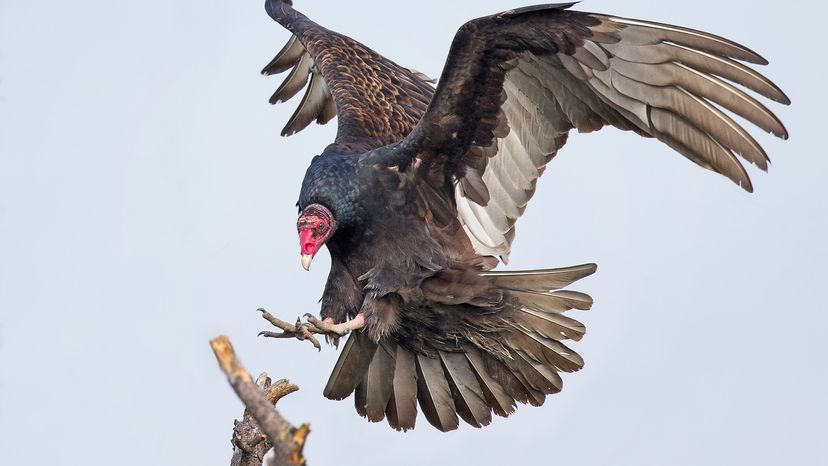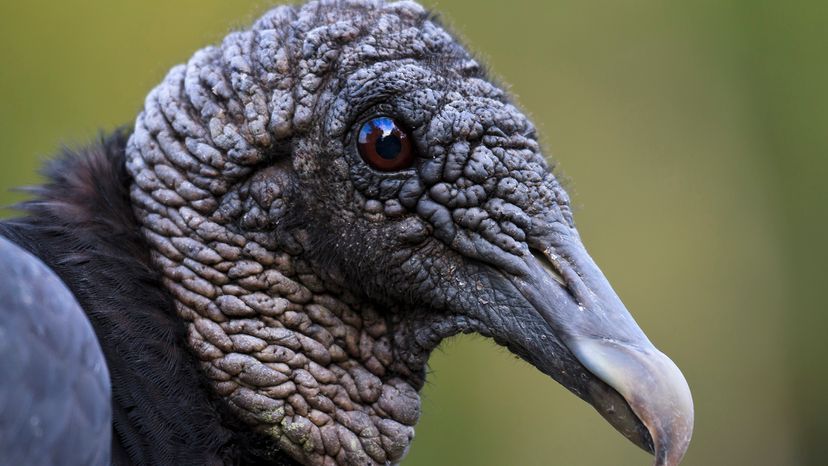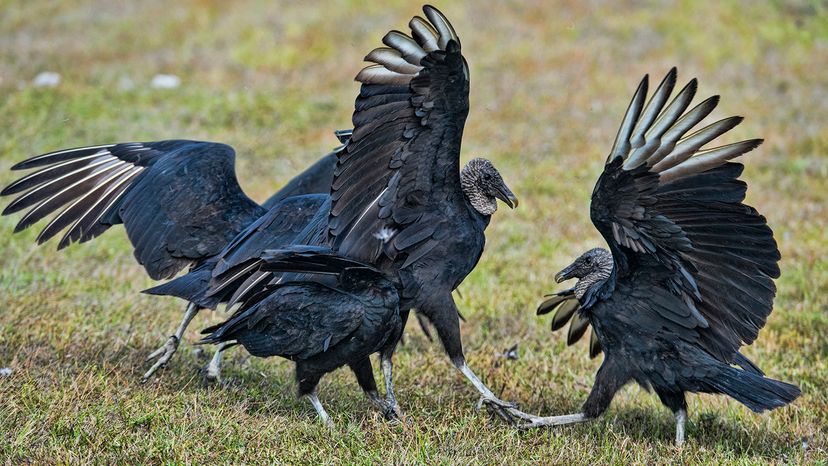Turkey vultures live across most of North and South America, from southern Canada to Seabrook Island (in the U.S. state of Georgia) and down into Tierra del Fuego in South America. They’re adaptable, nesting on the ground or secluded spaces.
Black vultures also span wide territory but are more common in the southeastern U.S. and Latin America. In places like Southern Illinois, you might spot juvenile turkey vultures and black vultures sharing a perch.
Though they share the sky, the two birds have distinct roles in the New World ecosystem. The turkey vulture is a solitary scout with a powerful nose. The black vulture is a social forager with attitude.
Together, they clean up the environment, recycling waste and keeping disease in check — proof that even the less glamorous creatures have an essential role to play.
We created this article in conjunction with AI technology, then made sure it was fact-checked and edited by a HowStuffWorks editor.


